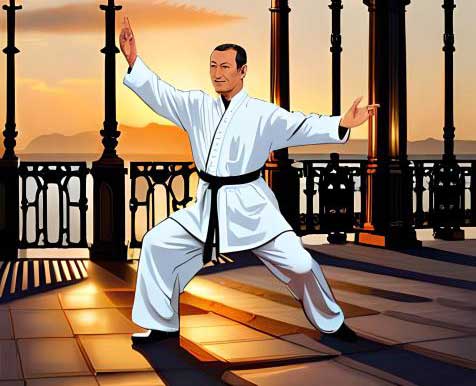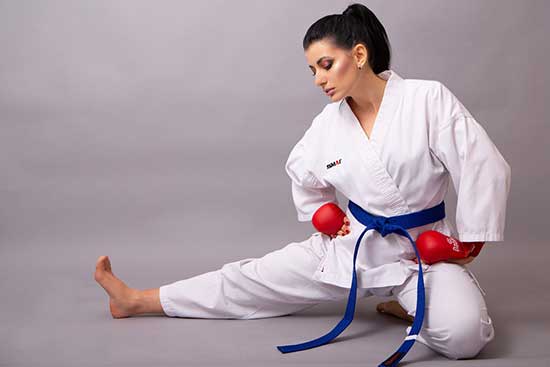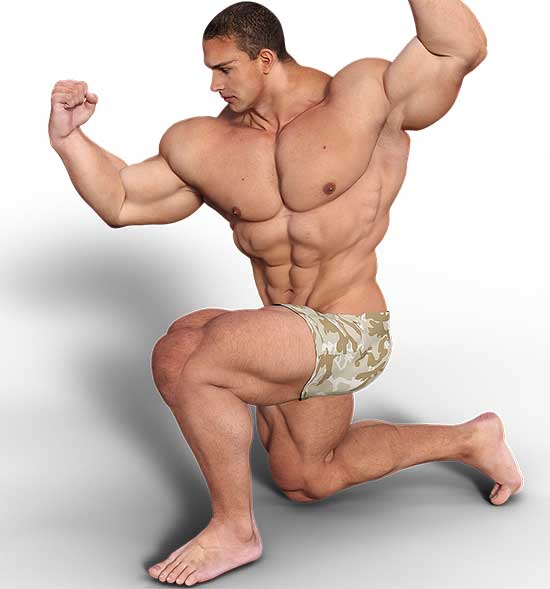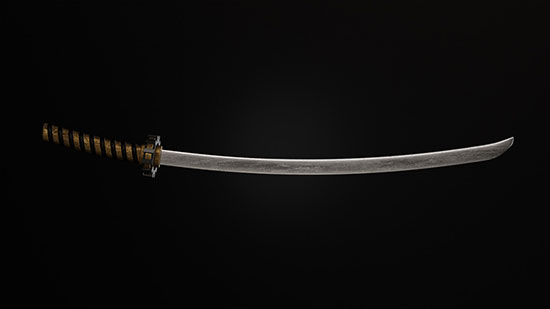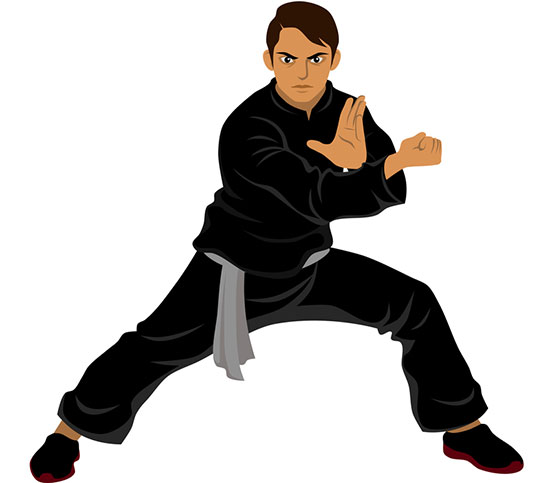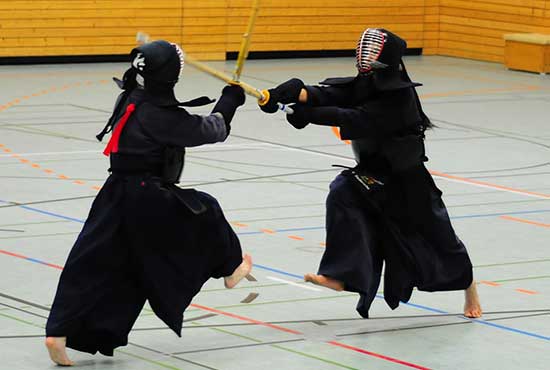Even though Kendo techniques are considered to be very simple, they are still pretty difficult to learn and execute.
Also, as you may already know, these techniques are originally from Kenjutsu. Therefore, the methods that people are learning today are based on this form of martial art.
And, will need to be provided by instructors in this martial art form in a step-by-step manner. That being said, here are some things that everyone who is learning these techniques should know.
Contents
Different Categories of Kendo
- Shikake waza – is related to the moves that the swordsman/kendoka initiates. Simply put, the individual that uses these methods is looking to start their attack.
- Oji waza – is the way that a swordsman/kendoka executes a counterattack against their opponent. In essence, an individual strikes their opponent, and then this opponent attack the other individual.
Shikake Waza
The primary reason for using a shikake waza as a technique is designed to set up an opening in the individual’s opponent to initiate an attack.
Or, the individual may find a way to boldly hit their opponent when they see that there is an opening created that they can take advantage of at that time. In order to do this, here are 6 effective techniques that apply.
Tobikomi-waza
The Tobikomi-waza technique can be described as a strategy that can be initiated and used when your opponent has weak stamina or when an opponent begins to provide an opening because they are under a lot of extreme amount of pressure in their matches.
Also, one of the primary keys to being successful with using the Tobikomi-waza is to hold kisei constantly, while that individual quickly strikes the opponent.
Hikibana-waza
The Hikibana-waza method can be described as the individual’s body and shinai starting to lose their balance when they are being attacked or when the initiator is striking their opponent.
This method of fighting is normally used to help execute a strike, specifically when this advantage is provided by their opponents.
An example of these types of strategies is when a strike is made to the opponent’s kote, specifically when they are feeling like they are being threatened. This is also a good move to make when the initiator is starting to push forward.
Katsugi-waza
This Katsugi-waza can be used when an individual needs to set up a surprise attack. This method of fighting is performed by lifting the individual’s shinai over their shoulder before they or take a strike at their opponent.
This type of skill is especially important when the individual is luring their opponent into breaking their particular posture.
Nidan-waza
When using the Nidan-waza, the individual will have access to 2 different types of Nidan-wazan. The 1st type is used to move that individual’s next waza after they were not successful at their first strike. and, the 2nd type is initiated to hold that individual’s opponent’s attention, including their present posture so that you can make an opening for the second strike.
It is also important to note that the proper execution of each of these techniques will mandate that there is a constant rhythm of correct strikes plus precision in its executions.
Harai-waza
The Harai-waza moves are normally used if the individual’s opponent’s stance does not have an opening available at the right time.
This method of fighting is also used when the individual’s opponent attempts to initiate their attack.
Typically, this kind of method of fighting is used when an individual’s opponent’s shinai is moved up from below or knocked down from above.
Debana-waza
The Debana-waza can be described as a strategy that consists of striking an individual’s opponent when they are about to hit them.
This is often due to the fact that that individual’s focus is solely on striking their opponent and nothing else.
This means the opponent’s posture does not have enough flexibility in their form to respond appropriately.
Hence, this type of strategy is considered to be perfect for attacking the opponent’s body in any area that the individual desires.
Oji waza
Oji waza – can be described as a method of fighting that involves a swordsman/kendoka execution against an individual’s counterattack.
In short, the individual’s opponent will strike their opposition and then the individual will attack their opponent.
The Oji waza is a strategy that is designed for counter-attacks. This type of technique is normally used to execute a perfect hit to the opponent after avoiding or responding to a strike by the individual’s opponent.
When an individual uses this strategy, they can help an opponent to attack as the individual by employing an Ōji-waza.
Nuki-waza
When an individual uses a Nuki-waza, their timing must be made with a certain amount of precision.
Therefore, the individual must pay close attention to every move of their opponent to successfully avoid an unnecessary attack on their opponent’s body.
Suriage-waza
The Suriage-waza has to be smoothly executed or it will not be successful at all. For example, if an individual is struck by their opponent’s shinai, they will be looking for a way to execute another strike, including the following::
- Kote-suriage-kote
- Tsuki-suriage-men.
- Men-suriage-do
- Uchiotoshi-waza
The Uchiotoshi-Waza strategies/ techniques are used when you want to knock your opponent’s shinai in another position (i.e. left versus right).
The individual can use this kind of technique to neutralize a strike that is being attempted, while also keeping the opponent that they are fighting off-balance.
Kaeshi-waza
The Kaeshi-waza is considered to be a response to an individual’s opponent’s strikes. These are also valid strikes that can also be used to protect oneself from the enemy, .
- Kote-kaeshi-men
- Do-kaeshi-men
- Men-kaeshi-men

